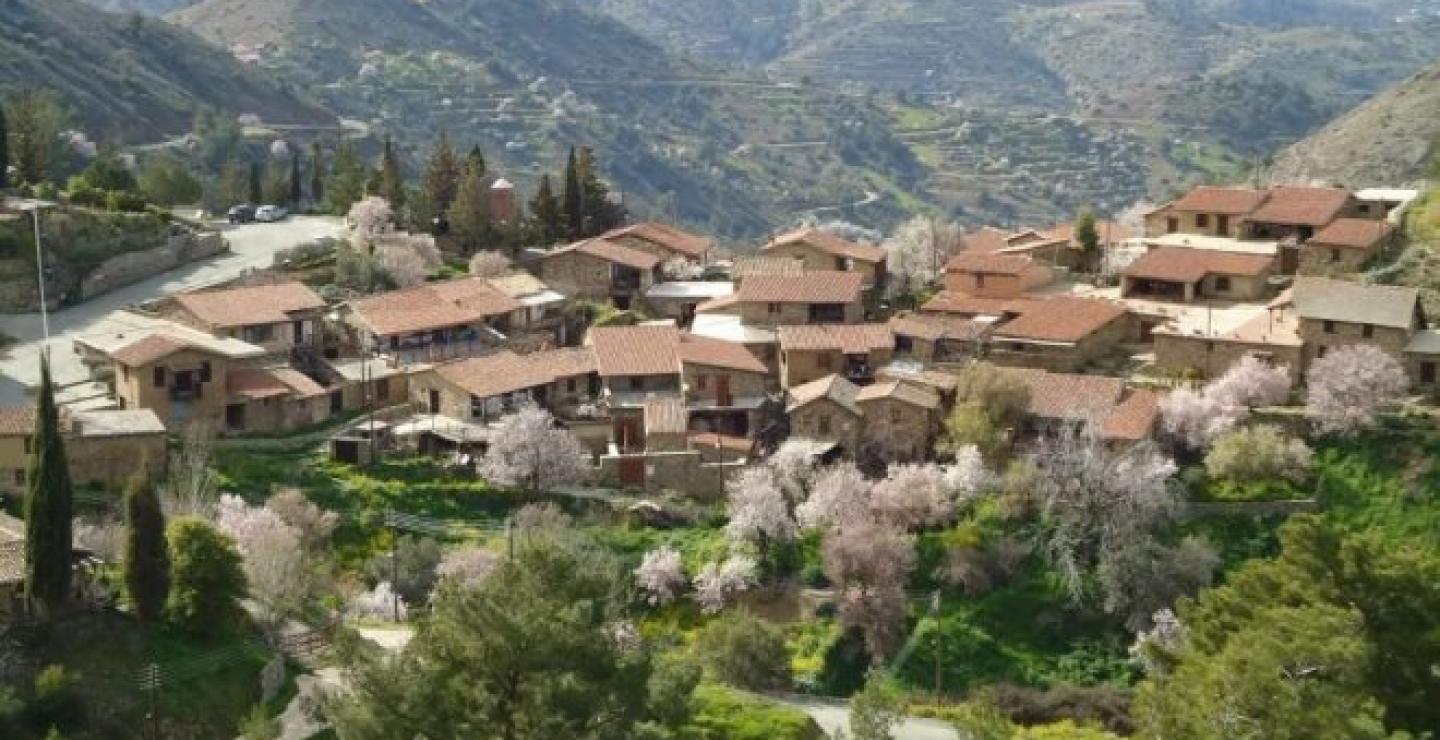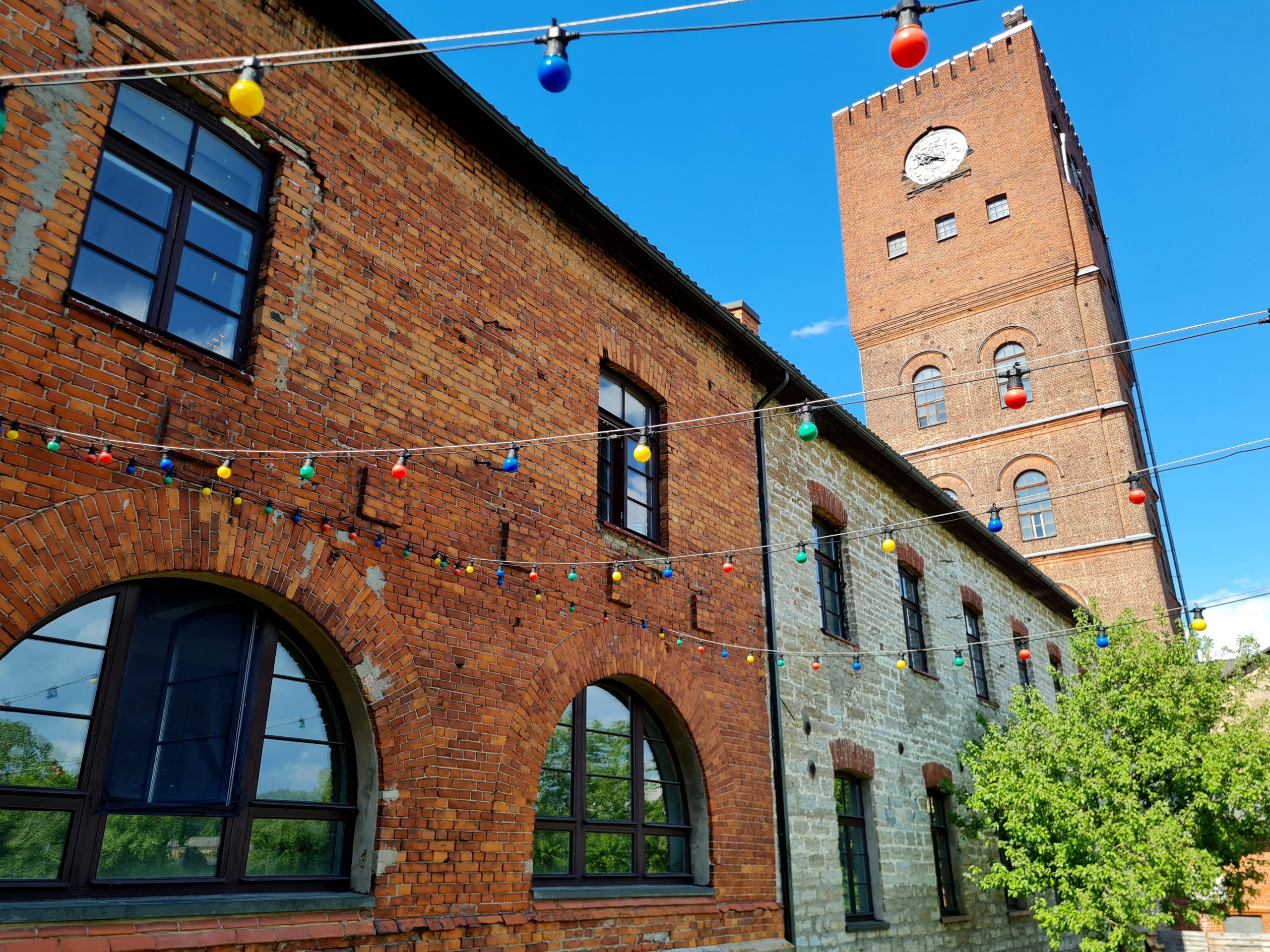The €4 million TExTOUR project focuses on eight culturally rich but economically deprived pilot areas across Europe and beyond. The goal is to co-design tourism strategies to improve economic and social conditions through inclusive community participation. One TExTOUR case study is around the former Kreenholm textile factory in Narva, Estonia.
Once among Europe’s largest industrial complexes, the site now contains abandoned buildings and vacant spaces with heritage value. Using co-creation workshops, locals designed a new 3.5km thematic route to showcase Kreenholm’s history. TExTOUR will run until 2024. Can the participatory approach pilot drive sustainable tourism globally?

A new study argues that participatory processes alone are not enough to ensure sustainable cultural tourism development. The research by the EU-funded TExTOUR project calls for a methodology embracing all four pillars of sustainability - economic, cultural, environmental, and social. "Simply engaging communities is necessary but insufficient," says the report, led by author Dorotea Ottaviani of the University of Bologna, Italy. "Tourism strategies must incorporate sustainability goals at each stage."
The study introduces a Sustainability-Driven Participatory Process (SDPP) that was tested across eight culturally diverse regions in Europe and beyond. The methodology aims to foster holistic thinking through collaborative workshops and planning tools. Co-creation activities focus on shared goals, mapping assets, and co-designing actions. Importantly, reflections on sustainability are embedded throughout. "This constant focus on economic, cultural, social, and environmental factors enables locally-led strategies balancing conservation with benefits," the report stresses.
Tailored business models ensure sustainability
A key component is developing tailored business models for proposed tourism initiatives. The researchers adapted the traditional Business Model Canvas to emphasize sustainability across cultural, social, economic, and environmental dimensions. The adapted canvas provides a hands-on tool to collaboratively assess sustainability. It allows iterative reflections to ensure actions align with the four pillars.
Testing grounds yield insights
While developing the EU-funded project , 24 viable and sustainable tourism initiatives were identified to move to an implementation phase after developing detailed business models. 8 diverse case study areas across Europe tested the methodology, including cross-border regions, cultural routes, abandoned villages, and archaeological sites. Co-mapping exercises helped identify underused heritage assets and inclusive engagement opportunities. Proposed tourism actions were rated on sustainability criteria before being developed into sustainable business models. The case studies also include:
- Crespi d'Adda, Italy - A 19th-century company town north of Milan built by a textile manufacturer. It is an example of an industrial village and a UNESCO World Heritage site.
- Umgebindeland, Germany/Czech Republic/Poland - This cultural landscape along the borders of the three countries contains a unique style of old peasant houses. It is an example of a rural area.
- Via Regia, Spain/France - The Via Regia is a network of historic trade and pilgrimage routes crossing Europe. The project focuses on parts of the route in southern Spain and France as an example of cultural routes.
- Trebinje, Bosnia and Herzegovina/Montenegro/Croatia - The historic town of Trebinje and surrounding areas represent a post-conflict region with Ottoman and Yugoslav-era heritage.
- Vale do Côa, Portugal/Spain - This region is home to many Paleolithic rock art sites, including some now threatened by a proposed dam project. It represents archaeological heritage.
- Anfeh-Fikardou, Lebanon/Cyprus - These two coastal villages showcase the interaction between Levantine and Cypriot culture. They represent remote rural areas.









